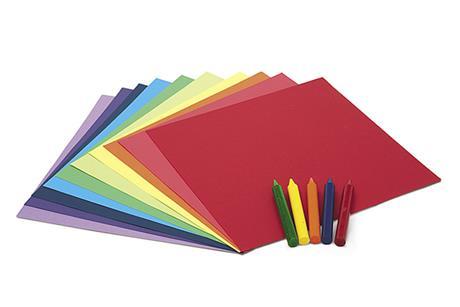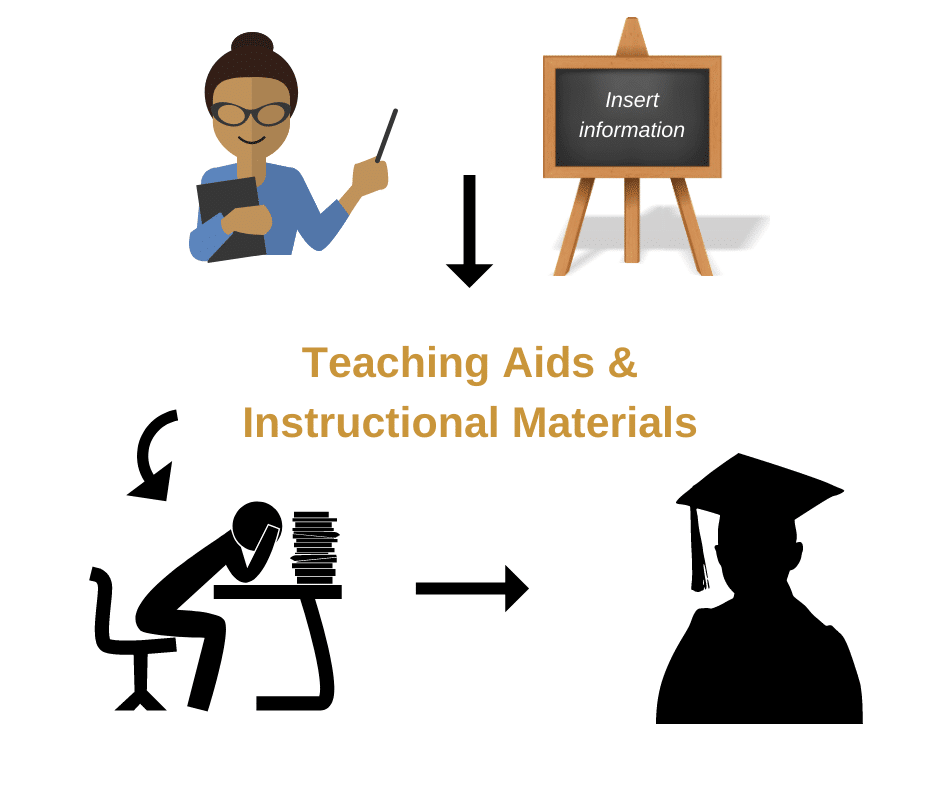Handy Reasons On Picking Italian Nursery Teaching Aids
Wiki Article
What Materials Do Italian Primary And Nursery Schools Need To Be Able To Impart Their Knowledge?
The essential materials required by an Italian nursery or primary school are a mix of books, workbooks as well as other teaching aids which aid in the growth and learning of students. Here are some of the things that might be required: Textbooks or workbooks are required to teach the fundamental subjects like Italian math and language as well as social studies, science and math.
Art and craft supplies Students can use these supplies to make your own artistic projects. These could include pencils, crayons or markers as well as paints and brushes.
Puzzles, blocks and games are manipulative tools that can be utilized to aid students develop their ability to think critically and solve problems.
Educational technology: Tablets, computers and other technologies can be used to enhance learning and provide additional resources to students.
Visual aids like posters, charts, maps and many others can aid students remember and understand essential concepts.
Book: A variety Italian-language books for kids of all ages will help to encourage the development of language and encourage reading.
Instruments that play music are an excellent way to introduce rhythm and music.
Safety equipment Kits for first aid with fire extinguishers as well as posters for emergency procedures are essential to ensure the safety and well-being of staff and students.
Sports equipment: You can make use of cones, balls, or any other equipment for playing outside or in physical education.
Italian elementary and preschools will require various teaching tools in order to create a stimulating and engaging learning environment for the students. See the recommended sostegno infanzia for blog info.

What Math Teaching Materials Is Needed In Italian Nurseries?
Mathematics teaching material support could be useful in Italian nurseries in helping young children develop their spatial, numerical and problem-solving capabilities. A few examples of support required for teaching materials in mathematics include education for teachers as well as caretakers: Teachers and caretakers may require training on how they can incorporate mathematics concepts in everyday activities, and how to make use of mathematics teaching materials.
Curriculum and lesson plans The curriculum and lesson plans which are well-designed and integrate math concepts can help kids learn about a range of math concepts and abilities.
Visual aids and manipulatives: Diagrams, posters and counting bears may be used to assist students grasp mathematical concepts using the use of tactile and visual aids.
Technology-based aids: Technology tools, like tablets that include math games, and apps that are educational can engage and motivate youngsters. They also offer additional tools to help children develop.
Assessment tools can be useful to caregivers and teachers to observe their children's progress and identify areas where they may require assistance.
Involvement of parents in mathematics Participating parents in mathematics is a great way to reinforce concepts that are taught in the kindergarten. It also increases family involvement.
It is essential to make sure that the math teaching material support provided is age-appropriate and suitable for young children. Teachers and caregivers can make use of this material to design exciting and enjoyable math activities that foster children's love of learning and curiosity. Follow the most popular materiale didattico matematica sostegno for site examples.

What Materials And Resources Are Required In Italian Kindergartens To Teach Science?
The use of science education materials in Italian nurseries is an excellent method to inspire young children to discover and explore what's around them. Here are a few instances of where science-related materials could be needed A lesson plan and curriculum A well-constructed lesson program that incorporates scientific concepts will help to ensure that children are exposed and learn many scientific concepts.
Visual aids can also be useful. Diagrams and posters along with manipulatives such as magnifying glasses and natural specimens can aid children in learning scientific concepts in a visual manner.
Books and videos: Books and video that focus on science subjects such as weather, plants, and animals are a fantastic method to get children involved in their learning process and provide them with additional resources.
Outdoor learning areas: Gardenes and playgrounds, for instance can give children the opportunity to explore and learn about the natural world.
Engage parents in the learning process: Engaging parents in the process of learning helps reinforce the concepts taught in nursery. This also promotes families to be involved.
Assessment tools: Assessment tools assist caregivers and teachers monitor the progress of children and pinpoint areas where additional support may be needed.
It is vital that the materials provided for science education are appropriate for children of all ages. These materials can be used by teachers and parents to develop exciting, interactive science activities which encourage children's love of studying and curiosity. Take a look at the top rated materiale didattico scienze for website tips.

What Kind Of Geography Books Should Be Used In Italian Kindergartens?
Italian nurseries employ geography-related tools to educate children about different cultures, environments and nations. Here are a few examples of teaching materials for geography which may be required: Maps: Maps can help children understand the geography of different regions and countries, as well as the location of different landmarks and natural features.
Globes help children to visualize the Earth's surface and can be used to educate about the continents as well as the oceans.
Video and Pictures: Images and videos showing different cultures and places are a great way to teach children about the diversity of the world. Children will also be taught how different people live.
Books Age-appropriate books and that feature different cultures and locations from around the world can inspire children to develop a curiosity for geography.
Natural materials, such as plants, shells and rocks, can be used to teach children about the diverse ecosystems and the different environments.
Field trips. Field trips can be an ideal way to provide your children with real-life experiences, as well as a chance to educate them about geography.
The materials you use to teach geography must be appropriate for the age of the child, as well as sensitive to the culture of your students. Teachers and caregivers can make use of these materials to create engaging and interactive activities in geography that encourage children's curiosity as well as love of learning about the world that surrounds them.
